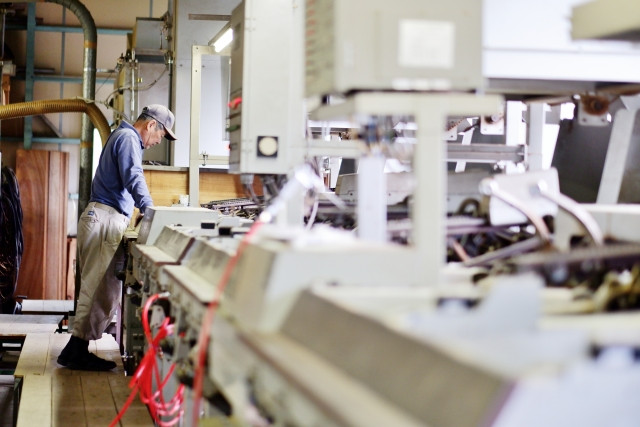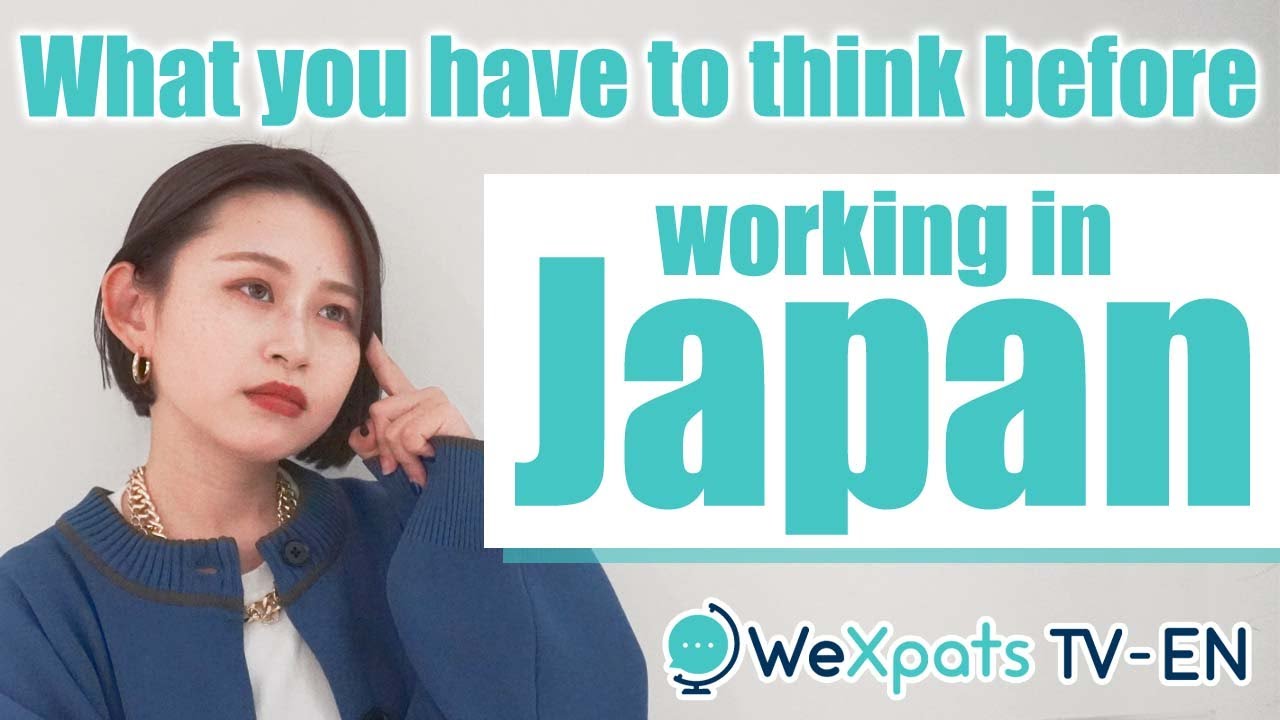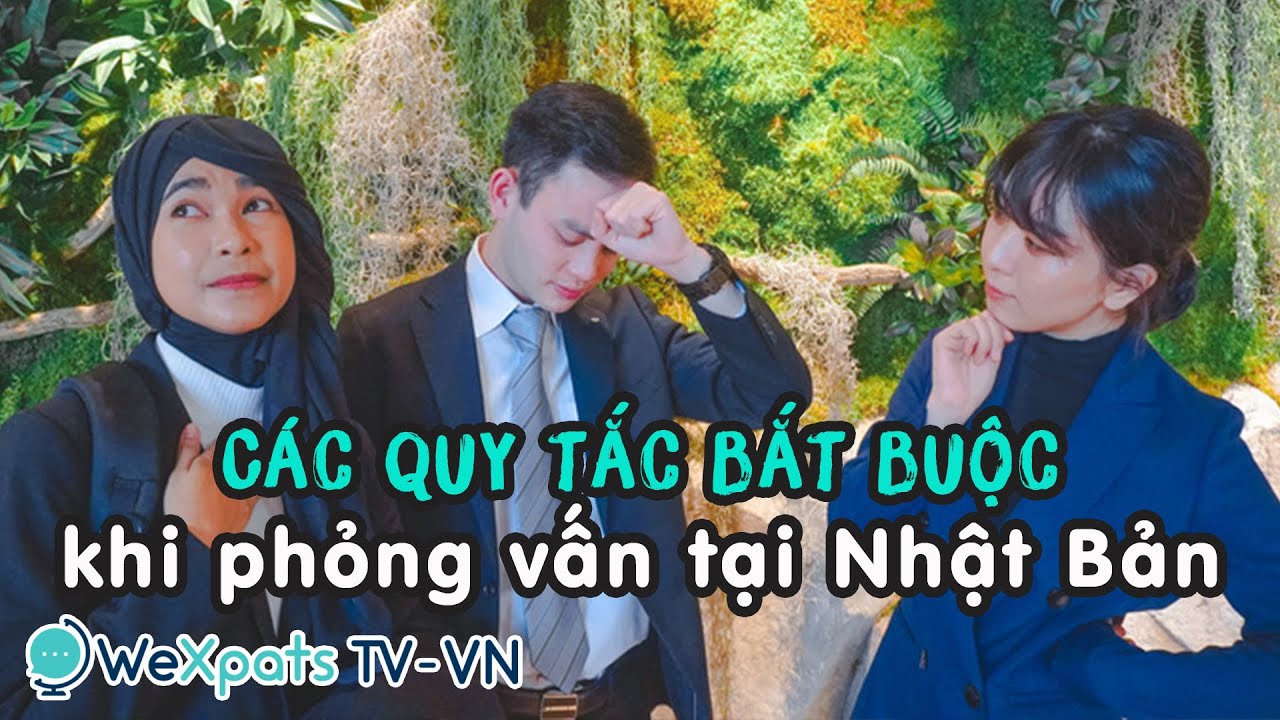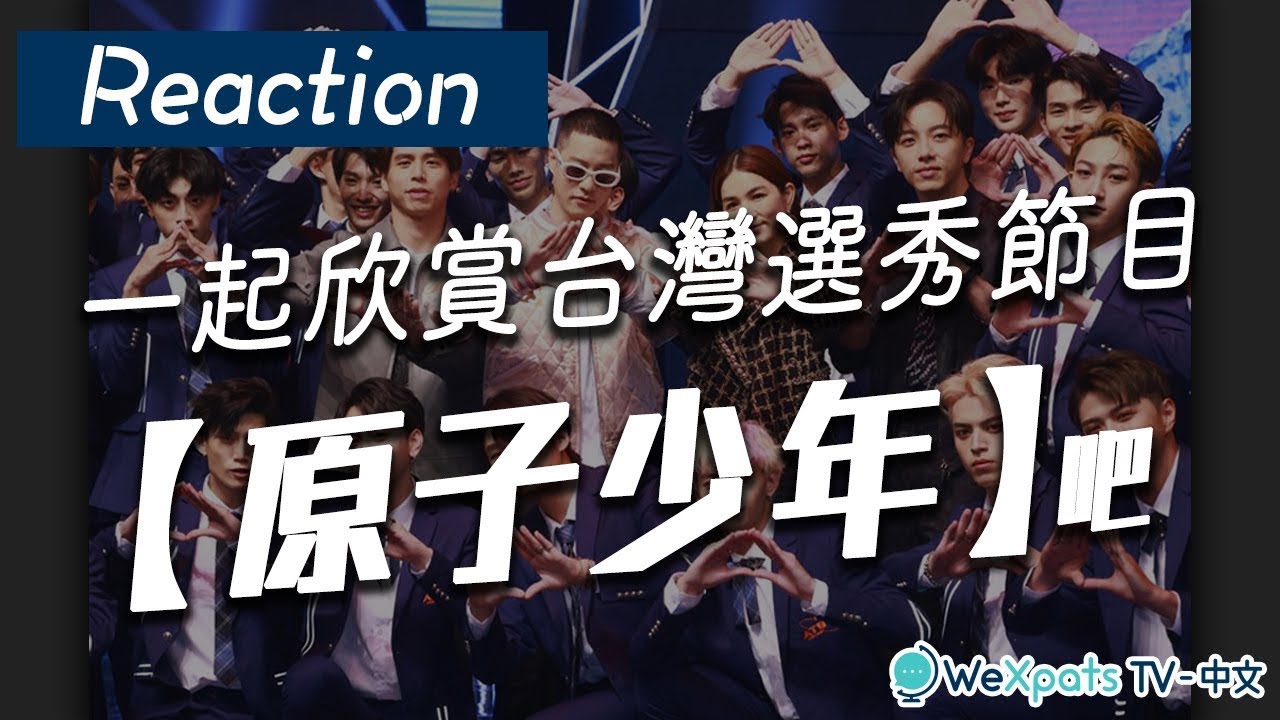Pursuing studies in Japan would be the dreams of students around the world. This can now be possible through different exchange programs such as Japan-Asia Youth Exchange Program. Asian students are welcomed for a once in a lifetime experience through this unique program focused on science and technology.
Table of Contents
- Introducing Japan-Asia Youth Exchange Program
- Open Application Program
- JST Direct Invitation Program
- How to apply
- Summary
Introducing Japan-Asia Youth Exchange Program
Also known as the SAKURA Exchange Program in Science, Japan-Asia Youth Exchange Program was introduced in 2014 by Japan Science and Technology Agency (JST) to foster educational and research partnerships between Japan and other Asian nations. The exchange program focuses on developing students in the field of science and technology to engage in educational and research activities in some of Japan’s institutions. Moreover, their trips are supplemented with sufficient support from the government and other institutions in Japan.
※ Ministry of Japan to ASEAN, "SAKURA Exchange Program in Science"
Primarily, the program is focused on science and technology. Students from other Asian countries who are majoring in or conducting research activities in the fields are supported in their respective endeavors geared towards innovation. It is the purpose of the program that through such a support system, a strong bond between Japan and Asian countries is heightened, inviting a close collaboration in other international affairs. Moreover, the exchange program also hones the international spirit among Japanese educational institutions. As students arrive in Japan, organizers supply them with supplemental packages outlined in different exchange courses under Japan-Asia Youth Exchange Program.
There are two major types of programs.
Writer's Pick
Open Application Program
Here are three exchange courses under the Open Application Program:
Course A or Science and Technology Experience Course

Hosted by companies or educational institutions who are conducting research activities. Participants are required to attend special seminars where research interests are presented. It usually lasts for a week, inclusive of all the scheduled activities for the participants. Last 2018, this course focused on discussing current events and trends in the fields of agriculture. The participants toured facilities, took trips designed to deepen their understanding, and shared expert opinions in issues their countries may be facing. The course can accommodate 10 to 15 participants.
Course B or Collaborative Research Activity Course
This course is exclusive for graduate or postgraduate students that will be partnered with researchers from a company or an educational institution. They will conduct a collaborative research activity, relevant to the existing platforms forwarded by the institution. It usually lasts for three weeks. The course can accommodate 10 participants
Also in 2018, much of the focus of this course was placed in short term collaborative research with side tours of relevant facilities. At the end, research activity reports and special lectures were given, with a Q&A portion to clarify their thoughts about the activities.
Course C or Science and Technology Training Course
Lastly, this course is more of training-based activities under the supervision of the hosting company or educational institution. Participants are allowed to comprehensively learn the existing models related to science and technology in Asian countries. Lasting for a week to 10 days, the course can accommodate up to 25 participants. The common activities held in this course is a combination of special lectures, live observing experiments, tours of facilities, and trying out equipment.
※ Sakura Science Plan, "Types of Exchange"
JST Direct Invitation Program
The other type of program is the Direct Invitation Program. There are two courses under this program, the Sakura Science High School Program and the Sakura Science Supporters Program.
Sakura Science High School Program
For the Sakura Science High School Program, JST connects with partnered institutions abroad and in Japan to conduct a science and technology activity exclusive for Asian high school students. Students can experience various things depending on the group they belong to, and each group can offer a different package of activities. For example, in 2019, Group 1 had hands on experience on some of the latest robotic technology at Cyberdyne Studio, inspiring special lectures by renowned professors, visits to various universities, and other mind stimulating activities. Different groups have their own set of activities that are certain to be interesting as they are educational.
In these particular programs, exceptional high school students from partnered institutions are given the chance to visit Japan on a school break and participate in various educational activities in Japanese universities. The selection process is conducted through the collaboration of JST and the administration of the partnered high school.
※ Sakura Science Plan, "Basic Policy"
Sakura Science Supporters Program
Another distinct program by which the direct invitation applies is the Sakura Science Supporters Program. This program is much different from the others in the sense that it caters to the organizers themselves. JST engages the implementing bodies and organizations of the Sakura Exchange Program by inviting them directly to be familiarized with the existing technologies in Japan. As a relatively new program, only introduced in 2018, it already conducted three invitational programs:
· Chinese Officers Invitation Program
· ASEAN Young Officers Program
· Indian Officers Invitation Program
※ Sakura Science Plan, "JST Direct Invitation Program"
How to apply

Please note that individuals cannot apply to enter a program - all applications must be handled between a Japanese host organization and overseas organization.
Entering the Japan-Asia Youth Exchange Program can be done in two institutionally enacted ways: open application or direct invitation. These two differ in such a way on how they select candidates for the program. As self-explanatory it may be, the general or open application is basically open to the public while the direct invitation is exclusive for the invited educational institution, whereas you would already have to be part of the organization invited for the direct invitation programs.
Let us proceed with the elaboration of the open application eligibility requirements of prospective candidates.
For the open application, JST provides an equal opportunity for the organizations of high school students, undergraduate or graduate students, post-graduate or postdoctoral researchers and people under 41 years of age in the teaching profession to submit an application expressing their interest to be included in one of the 3 above-mentioned exchange courses. Upon receiving the application, JST will conduct an assessment and evaluation of the candidates and connect with a prospective hosting company or educational institution. Through such evaluation, JST will be able to determine what program that a particular candidate is best fitted for.
Additional information
Aside from the groups that potential candidates belong, there are three main requirements to be eligible for this particular exchange program. These eligibility requirements are the main prescription for the exchange program:
-
Nationality: candidates must be bonafide citizens or passport holder of the member Asian country listed on their website
-
Affiliation: candidates must be enrolled or affiliated with a particular educational institution upon application
-
Staying in Japan experience: candidates must not have lived in Japan at all. Exceptions are students who spent their childhood in the country or prospective candidates who visited Japan solely for tourism purposes (must not exceed 10 days)
※ Sakura Science Plan, "Application Guidelines for FY2020 (Overview)," p.3
The candidate and the hosting organization must manage the visa application. Considering that the arrangement would be receiving the candidates, necessary documentation that will justify the entry and stay in Japan shall be provided by the hosting organization.
Expenses for airfare, accommodation, meals, admission fees, travel-related activities, and other payments necessary all throughout the visit are shouldered by either the hosting organization or JST. Any other extended expenses charged to the candidates that are not included in their mandatory activities during the exchange program are beyond the responsibility of JST and the hosting organization.
※ Sakura Science Plan, "Application Guidelines for FY2020 (Overview)," p.6
Summary

Japan-Asia Youth Exchange Program is really an interesting opportunity available. From all of its generous support to the candidates to its promising contribution in terms of awareness and education, we cannot deny the fact that it would be a worthwhile enterprise to be in it. As long as you have the necessary eligibility requirements and the interest of learning in Japan, what could stop you from doing it?



































